A brand’s reputation is more than just an abstract concept—it’s a powerful driver of success. It defines how your business is perceived by customers, employees, investors, and stakeholders, shaping trust, loyalty, and profitability. A stellar brand reputation transforms your business into a beacon of reliability and desirability, making people proud to associate with it.
How strong is your brand’s online reputation today?
Get a free custom scorecard that benchmarks your average review score, volume, and engagement against others in your market.
Here’s how you can build, nurture, and sustain a brand reputation that inspires loyalty and delivers long-term success.
What Is Brand Reputation?
Brand reputation refers to how your business is viewed by those who matter most: customers, employees, stakeholders, and even competitors. It’s influenced by your logo, product quality, customer service, social media presence, and—perhaps most critically—online reviews.
A positive brand reputation is a magnet for trust and advocacy. Customers not only prefer your products or services but also actively recommend them to others, creating a virtuous cycle of growth and goodwill.
Why Is Brand Reputation Important?
A strong brand reputation isn’t just about looking good—it’s a strategic asset that drives success. Here’s why it matters:
- Builds Trust and Credibility: Customers are more likely to choose a brand they trust, especially in competitive markets.
- Fosters Loyalty and Advocacy: Satisfied customers become loyal advocates, driving word-of-mouth promotion.
- Boosts Revenue: A great reputation attracts new customers while encouraging repeat purchases from existing ones.
- Attracts Talent: Talented individuals are drawn to reputable organizations, enhancing your workforce.
- Retains Employees: A respected brand creates a positive work environment, reducing employee turnover.
- Offers a Competitive Edge: A well-regarded brand stands out, securing a strong position in the market.
How to Build a Positive Brand Reputation

Building a positive brand reputation requires a strategic approach, consistent effort, and a focus on delivering exceptional experiences at every customer touchpoint. Here are some key strategies to help you get started:
1. Personalize Customer Experiences
Understanding and meeting customer needs at every touchpoint is crucial. Use data to offer tailored recommendations and exclusive offers that resonate with individual preferences. Personalization fosters a sense of being valued, leaving a lasting positive impression.
2. Strengthen Your Online Presence
Your website and social media platforms are often the first point of contact with potential customers.
- Ensure your website reflects your mission and values through consistent branding and messaging.
- Use social media to share valuable insights, showcase products, and engage directly with your audience.
3. WOW with Customer Service
Exceptional customer service can turn a one-time buyer into a lifelong advocate. Ensure your team is well-trained to be proactive, approachable, and focused on finding solutions. Simple gestures like thank-you notes or exclusive perks can significantly enhance customer satisfaction.
4. Be Transparent and Honest
Trust is built on honesty. Be clear about your offerings, policies, and values. Avoid misleading marketing tactics that could undermine your credibility. Transparency fosters long-term trust and loyalty.
5. Create High-Quality Content
Consistent, engaging, and informative content can position your brand as a thought leader in your industry. Maintain a consistent publishing schedule to enhance trust and boost your search engine visibility.
6. Manage Customer Reviews
Online reviews are a cornerstone of brand reputation. Claim your business profiles on review platforms and encourage satisfied customers to leave feedback. Respond to all reviews—positive and negative—to show you value customer opinions.
7. Collaborate with Influencers
Influencers with authentic, engaged audiences can help amplify your brand’s reach. Prioritize quality over quantity, focusing on those whose values align with your brand.
8. Leverage User-Generated Content (UGC)
Motivate customers to share their experiences through photos, videos, and testimonials. Sharing UGC on your platforms fosters community and enhances trust.
Monitoring Your Brand Reputation
Keeping tabs on how your brand is perceived requires proactive monitoring:
- Google Alerts: Set alerts for your brand name, industry keywords, and competitors to stay informed.
- Reputation Management Tools: Use tools that track reviews, comments, and mentions across platforms. Sentiment analysis features can provide insight into public opinion about your brand.
Actively engage with mentions of your brand, particularly when addressing complaints or unfavorable opinions. This demonstrates your commitment to listening and taking action.
Examples Of Negative Brand Reputations

While many brands excel in managing their reputations, others have faltered spectacularly. Here are a couple of high-profile examples:
Theranos
Theranos, a blood-testing startup, promised groundbreaking diagnostic technology but was exposed as fraudulent. Its technology was unreliable, and its founder, Elizabeth Holmes, misled investors and customers. The company shut down after its deceit was uncovered, and Holmes was convicted of fraud. Theranos’ lack of integrity caused significant damage to its reputation, leaving employees and investors in turmoil.
Volkswagen
Volkswagen’s reputation took a massive hit following the “diesel dupe” scandal. The company installed deceptive software to cheat emissions tests, affecting millions of vehicles worldwide. Volkswagen’s initial denial and lack of transparency compounded the issue, leading to the resignation of its CEO and costly legal battles. The scandal severely damaged the brand’s credibility and resulted in significant financial losses.
Examples Of Positive Brand Reputations

On the other hand, some brands have successfully built strong reputations that resonate with their customers and foster loyalty:
Nike
Nike’s reputation has flourished due to its high-quality products and impactful marketing campaigns. Even when faced with customer complaints, Nike swiftly addresses concerns and goes the extra mile to ensure customer satisfaction. By actively engaging with customers—like offering compliments on social media—Nike fosters loyalty and trust.
Lego
Lego has been successful in recognizing and adapting to changing customer needs. In 2011, the company introduced the Lego Friends line, designed specifically for girls, offering features they sought in construction toys. This move helped Lego’s construction toys skyrocket in value, demonstrating the company’s ability to listen to its customers and enhance its brand reputation.
My Review Concierge: Empowering Your Brand Reputation
For business owners seeking to manage their online reputation more effectively, My Review Concierge is a game-changing software solution. Designed to streamline the review management process, My Review Concierge helps you respond quickly to feedback and improve your online image.
Managing your online reputation helps keep your brand strong, trustworthy, and appealing to your target audience.
Want to see how it works?
Watch a short demo to explore how My Review Concierge helps you turn reviews into results.




